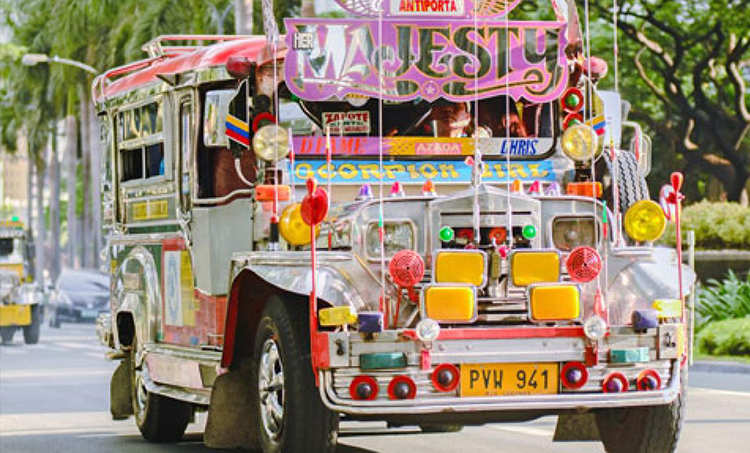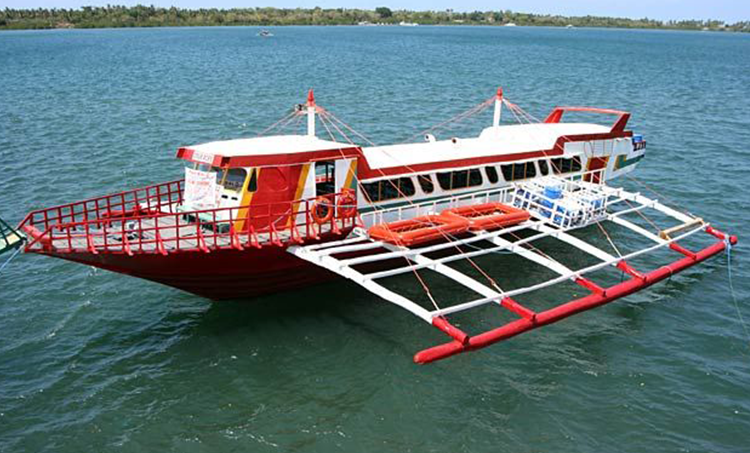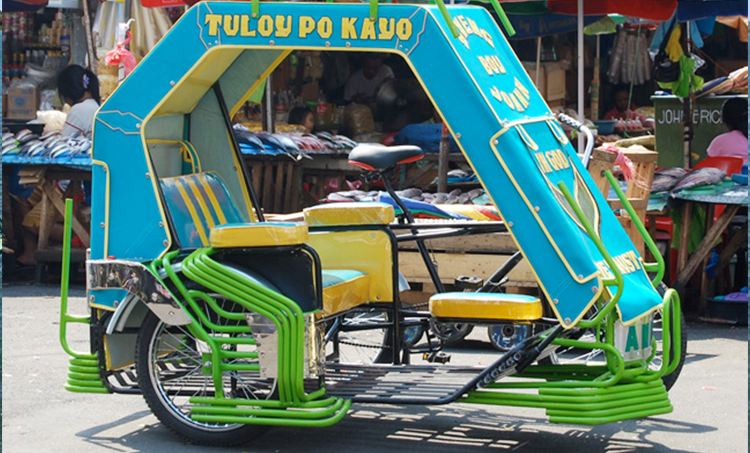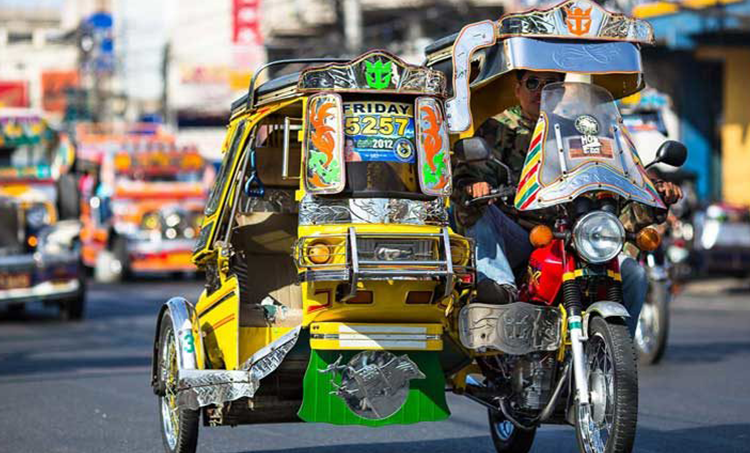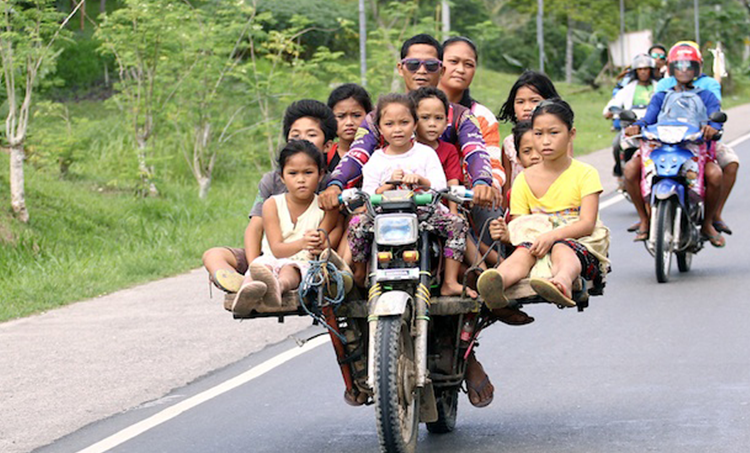“It’s more fun in the Philippines” is the popular tourism slogan that showcases vibrant festivals, breathtaking destinations, and the gentle and hospitable locals. But what makes traveling to the country more fascinating are the unique forms of transportation that dominate its streets
Jeepney
Arguably the most iconic, the jeepney’s prototype was an upcycled version of the Willy Jeeps used during World War II. The Filipinos saw the jeep’s potential as a public vehicle. By the 1950s, jeepneys or jeeps were bustling on the streets of Manila. Each jeepney is a unique form of art–with drivers painting and decorating their jeeps before parading them. Fare currently starts at PHP 10 or USD 0.19, making it one of the most accessible modes of transportation in the country.
Despite its significance, it is threatened to be phased out due to the Jeepney Modernization Program. It aims to replace jeepneys dated 15-years and up with new minivans for safer and more environmentally-friendly commute. This might mean the end for the colorful and iconic jeeps.
Motorized Banca (pumpboat)
Iloilo City, where our VMAs are based, is connected by a narrow strait to its island neighbor and Mango Capital of the Philippines, Guimaras. That’s why motorized bancas (outrigger canoe) are busy crossing the Iloilo Strait every 15 to 30 minutes daily.
Locally known as pumpboats, these mini ferries have the maximum capacity of 30 passengers. They’re powered by small gasoline or diesel engines and operated by three to four crew members, including the captain. Pumpboats are popular across the country. In an archipelago of more than 7,000 islands, it is the most common way to cross short bodies of water.
Pedicab (padyak)
As the name suggests, a pedicab is a pedaled cab that’s ideal for short-distance commutes. It’s a bicycle attached to a lightweight tubing frame for a sidecar complete with upholstered seat and cover, comfortably sitting two passengers.
Pedicabs are available everywhere in the country but aren’t allowed on main roads and highways as these roads are dangerous to them and they potentially obstruct traffic. That’s why their routes are bound to small residential streets and alleys.
Tricycle (trike)
The tricycle (locally referred to as trike) is the pedicab’s motorized version. It is a motorcycle attached to a sidecar with steel casing that’s bigger than a pedicab’s. A trike has around four to five people carrying capacity, plus two people at the back of the driver. The design and size vary from region to region.
The tricycle is perfect for faster commute as they can pass along alternative routes and smaller roads. They’re also prohibited from traversing on highways during the day. In rural areas, trikes are the main form of transport.
Habal-Habal
Habal-habal is the term for a motorcycle commute in remote areas where roads are steep and rough. Its ideal carrying capacity is only two, but drivers allow up to four and sometimes six if they have so-called “extensions.” These additional seats are attached to both sides of the bike. They’re made of bamboo, thick and sturdy enough for two people to sit on. This “extended” version of the habal-habal is called skylab.
A city version of the habal-habal is currently gaining traction, especially in areas with congested roads. They’re faster alternatives as they easily maneuver through traffic. A mobile application called Angkas was developed (to hitch on a motorcycle or bicycle) for commuters on a rush.
These fun rides exhibit Filipino ingenuity. In the face of dire need and limited resources, the people still find a way through. While potentially dangerous, the locals have grown accustomed to it. The government also strive to provide safe mass transportation systems through the Build, Build, Build Project but it’ll take years to accomplish. That leaves local and foreign tourists time to experience the thrill of fun Filipino rides.


